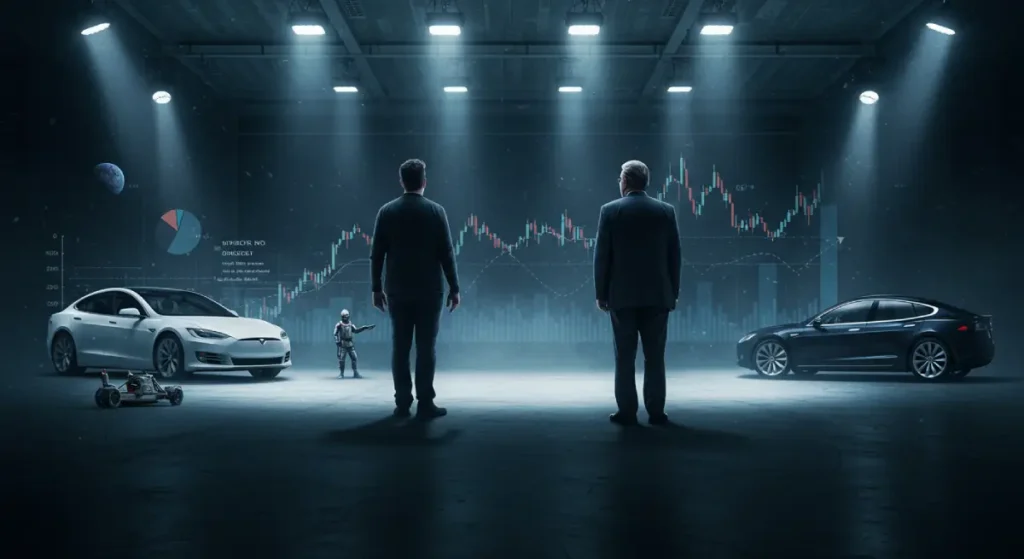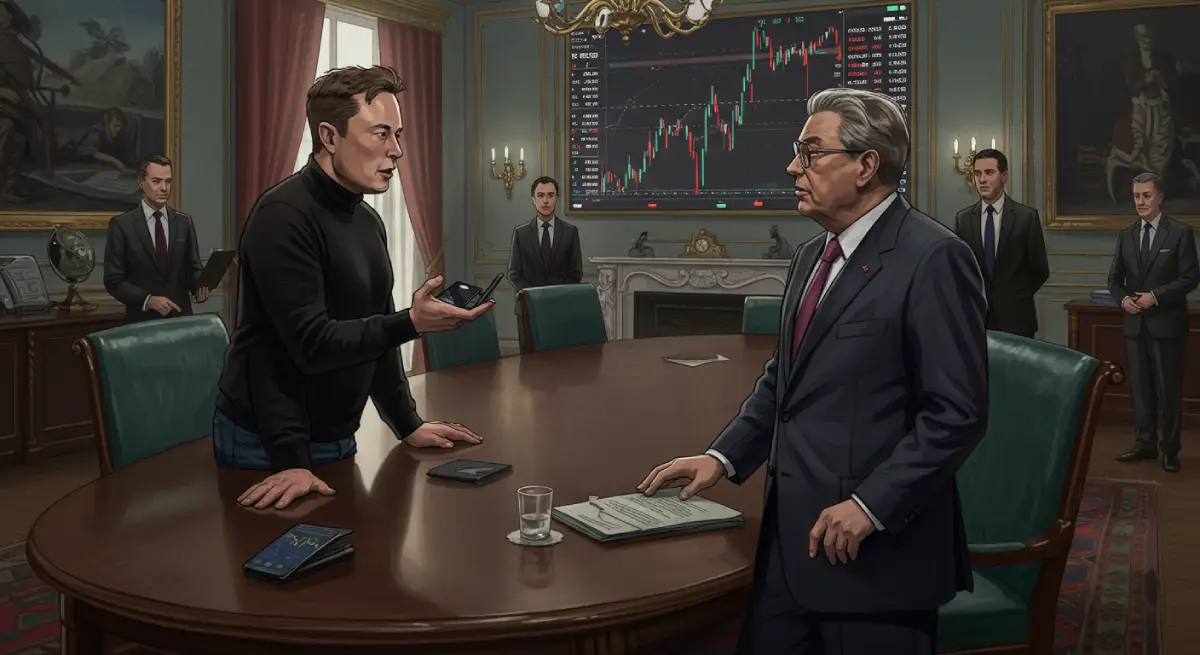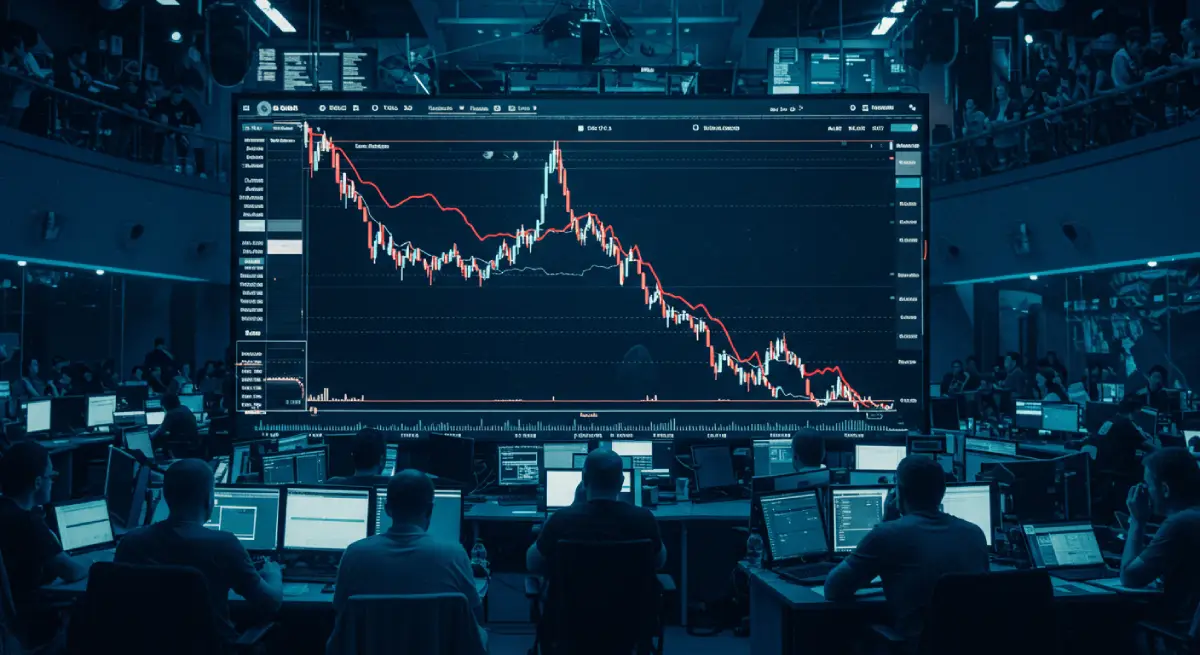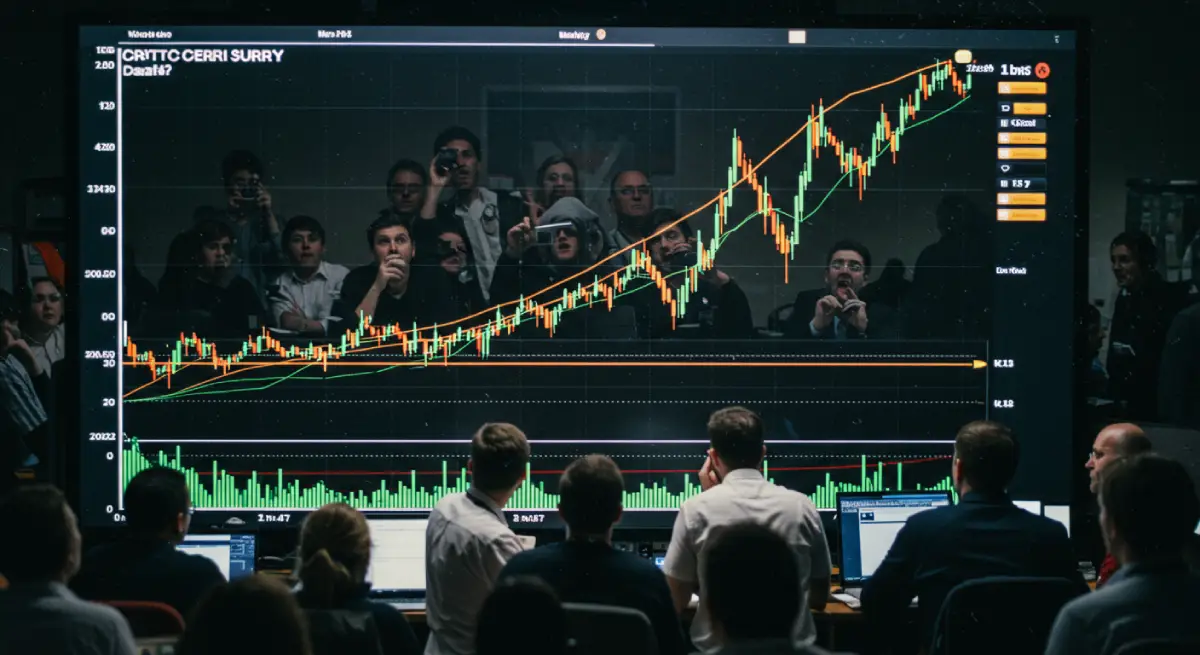The Battle Begins: Musk vs. Soros Takes Center Stage
The clash between Musk vs. Soros is one of the most gripping showdowns in today’s capital markets. On one side stands Elon Musk, the poster child of new money, renowned for Tesla and SpaceX’s groundbreaking innovations. On the other is George Soros, the epitome of old money, famed for his precision strikes in traditional finance. This rivalry intensified with Tesla’s stock crashing 55% in 2025, spotlighting Soros’s attempts to short Tesla and igniting a deeper conflict between emerging tech wealth and established financial power.
New Money’s Champion: Musk and Tesla’s Rise and Fall
Elon Musk, born in 1971 in South Africa, embodies new money. Without inherited wealth, he built an empire from PayPal to Tesla and SpaceX, amassing an estimated net worth of $421 billion by March 2025, making him the world’s richest person. Tesla, his flagship, redefined the auto industry and drew a legion of young investors. Yet, its high-stakes approach led to volatility, with a 55% Tesla crash from its 2025 peak slashing billions from its market cap, exposing it to short-sellers like Soros.
Old Money’s Titan: Soros’s Financial Legacy
In stark contrast, George Soros, born in 1930 in Hungary, represents old money. His 1992 takedown of the British pound netted $1 billion, cementing his legend. By 2025, his fortune stands at $6.7 billion, built through hedge fund mastery and traditional strategies. Beyond finance, Soros has channeled over $32 billion into his Open Society Foundations, championing democracy but drawing ire from the right, who cast him as a shadowy puppet master.
Soros Shorts Tesla: The Spark Behind the Tesla Crash
The Musk vs. Soros feud flared with Soros’s moves against Tesla. In 2018, Soros Fund Management bought $35 million in Tesla convertible bonds, hinting at early interest. By late 2022, it held 132,000 shares worth $16.27 million, only to dump them in Q1 2023 as Tesla surged 68%. Speculation swirled—did Soros profit, or was this a prelude to shorting? Tesla’s lofty valuation (P/E often exceeding 100) and production woes made it a prime target. Though Soros may have lost $26.2 million in 2023’s rally, the 2025 Tesla crash offered a fresh chance to capitalize.
New Money vs. Old Money: A Clash of Visions
The Musk vs. Soros saga transcends financial tactics, reflecting a clash of new money and old money values. Musk envisions a tech-driven future, pouring capital into space exploration and green energy, backed by a youthful, innovation-hungry base. Soros, rooted in financial efficiency and social reform, directs funds to stabilize traditional systems. In May 2023, Musk lashed out on X after Soros’s Tesla sell-off, calling him “Magneto-like, eroding civilization,” a jab that stirred controversy and underscored their divide.
2025 Escalation: Tesla Crash Meets Protests
By March 2025, Musk vs. Soros reached a boiling point. Protests erupted across the U.S., with Tesla stores vandalized over Musk’s DOGE initiative to cut federal jobs. Musk accused Soros-funded left-wing groups (e.g., ActBlue) of orchestrating the unrest, alleging Soros used 47 media outlets to publish over 3,000 negative stories, amplifying the Tesla crash via a “triple threat” of media, protests, and shorting pressure. While unverified, this narrative highlights Musk’s view of Soros as an old money adversary.

Market Fallout and Future Stakes
Soros’s shorting didn’t fully succeed earlier, but the Tesla crash dented market confidence. Musk countered by leveraging DOGE to disrupt Soros’s funding channels. Long-term, if Tesla rebounds, new money could dominate; if Soros prevails, old money proves its staying power. This battle will shape capital markets for years.
Conclusion
The Musk vs. Soros rivalry, fueled by the Tesla crash, pits new money against old money in a defining struggle. Musk bets on the future; Soros defends the past. The outcome will redraw the lines of wealth and influence. Stay ahead—subscribe to our newsletter for the latest updates!


